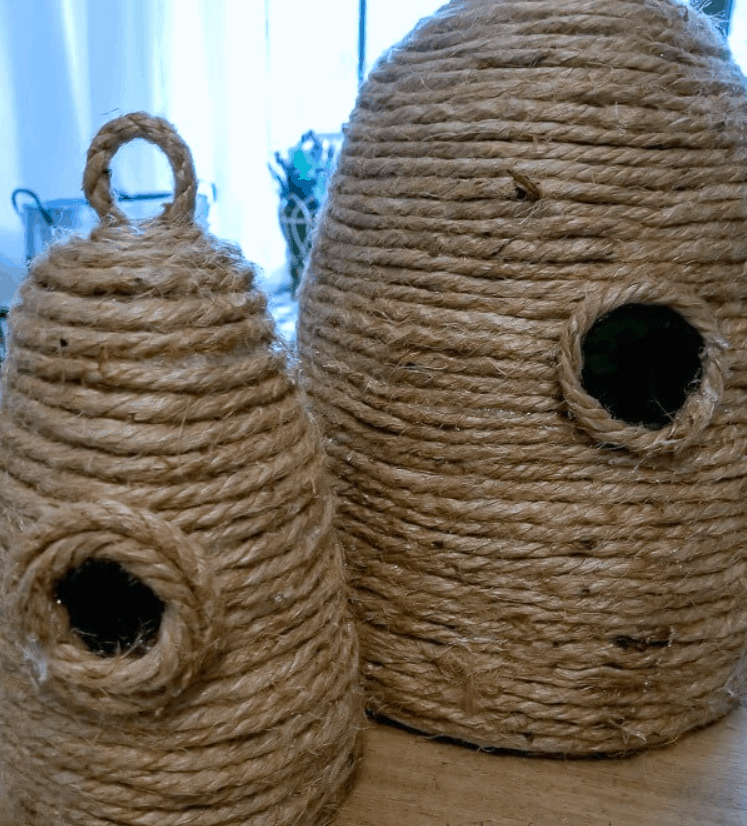The Inland Empire's last goat dairy farmer faces a precarious future Los Angeles Times
Table Of Content

Are you ready to embark on the exciting journey of building your own beehive? Before you dive in, it’s important to gather all the necessary materials and tools to ensure a smooth and successful project. In this section, we will explore the essential items you’ll need to bring your beehive to life.
Traditional Bee Hive Designs
It is quite a large undertaking but it appears to be very budget-friendly. So if you are someone that wants to keep bees but really don’t have much of a budget, this could be a great option for you. One of the biggest fears behind beekeeping is being stung. So they seem like a great fit for those that are new to the beekeeping scene. Not only are bees great for pollination, health benefits, and honey, but they are also a great way to make money to support your homestead.
Horizontal Beehive: A Comprehensive Guide
Each hive body has enough space to house between 50,000 and 60,000 workers. If you don’t have an apiary but like having bees pollinate your garden, this plan is perfect for you. It’s a bee house made of PVC pipe as the beehive stand and an upside-down 5-gallon plastic bucket as the main hive. But you get to save the bees by giving them a habitable halfway house. We’re headed into the more advanced building hive stands.
How Honey is Made: 9 Impressive Steps Honeybees Make Honey
But if it turns out that you’re missing something, or accidentally ruin a piece and have to reorder, you don’t want to cut it too close. Don’t feel that making your own beehive is something you must do-especially if you are new. Unless you are a skilled carpenter that loves woodworking – save hive construction for another year.
It should be near the bottom of the hive, providing easy access for the bees. Measure the desired height and width of the entrance hole using the measuring tape. As you attach the roof panels, take a moment to check for any gaps or areas that may need additional reinforcement.
Find the right hive design for honey extraction and learn about hive placement and safety measures for . Horizontal hives, encompassing top bar, long Langstroth, and Layens designs, offer a unique approach to beekeeping. While they present numerous advantages, including eliminating heavy lifting and allowing for foundation-free beekeeping, they also come with their set of challenges. These include limited space, alternative honey harvesting methods, and the need for frequent inspections. However, for those willing to navigate these challenges, horizontal hives can be a rewarding beekeeping experience.

Honeybee Habitat and Environment: A Comprehensive Insight
A common design is called a “telescoping top cover” since it overlaps the inner cover and hangs down around its edges. This helps keep water from dripping into gaps at the top of the hive. The Langstroth boxes used in a single hive use the same length and width. Although the Langstroth is something of a standard, you still have many options when it comes to box size, across two dimensions.
Choosing Foundation
But why spend $300 on a single beehive stand when you can make one practically for free in under 5 minutes. Plus, you don’t even need to have master carpenter-level skills. In conclusion, while horizontal beehives present a unique approach to beekeeping, they come with their set of advantages and challenges. By addressing common queries and providing resources, we hope to equip beekeepers with the knowledge they need to make informed decisions about their beekeeping journey. If bees fill the entire hive, it’s essential to provide them with more space. This can be achieved by adding more frames or bars or by splitting the colony to create a new hive.
Simple Langstroth Bee Hive
Architect’s ‘Beehive’ Cooling System is Affordable & Reduces Electricity Bills by 65% - The Better India
Architect’s ‘Beehive’ Cooling System is Affordable & Reduces Electricity Bills by 65%.
Posted: Sat, 20 Apr 2024 06:32:08 GMT [source]
You’ll use a measuring tape to determine the dimensions of the wooden panels, frames, and other components of the beehive. A trusty hammer and a collection of nails are essential tools for any DIY project, and building a beehive is no exception. You’ll need these tools to secure the wooden panels and frames together, creating a sturdy and reliable structure. In addition to the wood, you’ll also need plywood for certain parts of the beehive, such as the roof. Plywood adds strength and stability to the structure, ensuring it can withstand the test of time.
Although beekeepers try to suppress the bees’ urge to split, the colony can choose to be defiant and swarm anyway. It’s a popular design because it is quite user-friendly. When we inspect the hives, we see evidence of what they have been up to, but we don’t get to see them in action.
The glues and chemicals used in making it are concerning. Though some beekeepers do use plywood for temporary boxes to attract swarms. One of the most important aspects of hive construction is having a plan. Building homemade beekeeping equipment (hives, boxes, feeders etc.) requires attention to detail and correct measurements.
Comments
Post a Comment